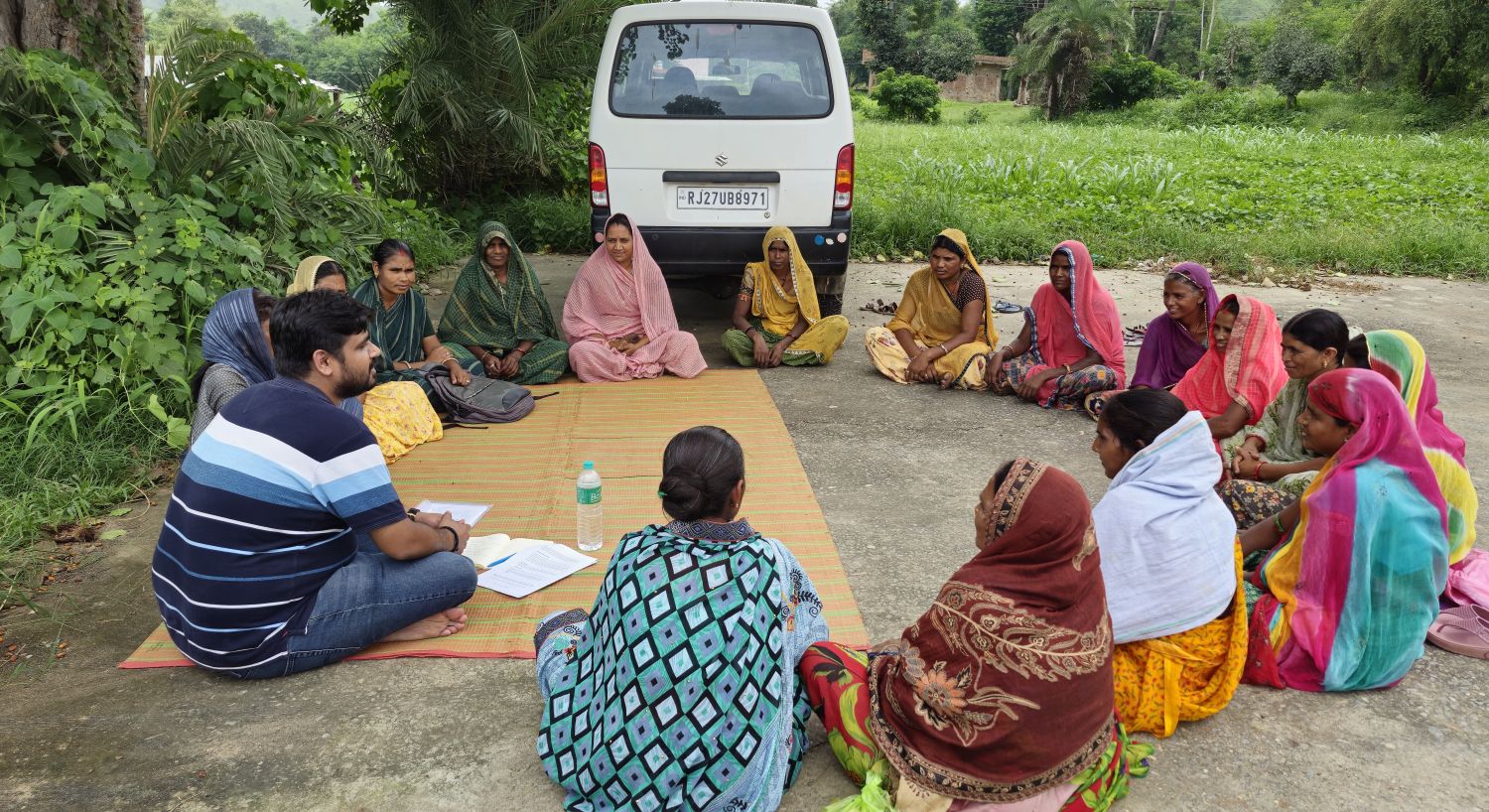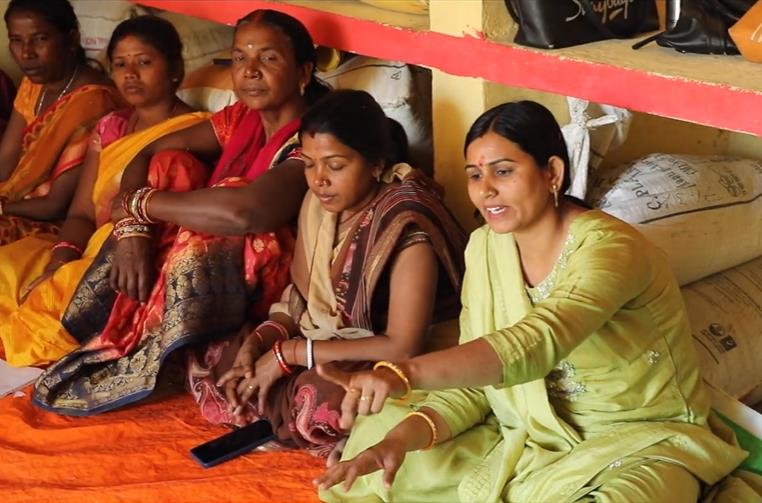One of India’s largest livelihoods programs—which 3ie is evaluating—and its transformation over time offer insights into how policies interact with and adapt to the changing ground realities and the vital role played by effectiveness evidence. This blog explains how the traditional approach has evolved to focus on new evidence-informed ways to address constraints and enable an environment for income generation and empowerment.
How best can we enhance livelihoods and reduce poverty? Traditional policies focus on capital accumulation and the reduction of credit constraints, building on a theoretical literature that emphasized these factors. Since the early 2000s, adjustments to this approach took the form of experimenting with group lending to reduce default risk, focusing on women’s groups that could simultaneously enhance credit access and empower women. However, the empirical evidence, following more than a decade of support for such groups, suggests only marginal improvements in households’ welfare.
Significant improvements in income may necessitate a different approach than group lending , one that recognizes the primacy of constraints other than limited credit access. This is the message of the “new growth” literature, which argues that increases in income require a large scale of operation. Expected sales of output have to be large enough to warrant investments in machinery and other capital required to shift from low-yielding to higher-value methods of production. Large output is also required to cover the transportation costs that are necessary to reach high-income urban markets. Viewed from this perspective, the underlying constraints to income growth in India’s villages is the failure to aggregate output across small farms and household non-farm enterprises to enable economies of scale.
How can these constraints be addressed? India has a history of experimentation with cooperatives, going back to the early years following independence. While some of these, notably dairy cooperatives such as Amul, have a rich history of success, the cooperative approach has been far less successful in other areas. Developing successful cooperatives requires addressing underlying constraints to collective behavior, including issues of trust and mutual cooperation. Such a “collective” mindset, unless it already exists, cannot be developed overnight. It is a long-term process that goes against the increased individualization that is the trademark of the modern economy.
Strengthening collective mindset
For the last 15 years, India’s Ministry of Rural Development has been engaged in this process. The genesis is the 2011 National Rural Livelihoods Mission (NRLM). At its start, and over a period of approximately a decade, NRLM promoted the development of a federation of community institutions in each village, starting with villages in the poorest administrative blocks and districts and slowly spreading to its current coverage of 730,345 villages across the country that support over 9 million SHGs and their 101 million members. The lowest unit of the federation is the self-help group (SHG), comprising approximately 10 women from neighboring homes. SHGs are, in turn, federated into village organizations (VO) and cluster-level federations (CLFs).
NRLM initially focused on helping women develop the capacities required to engage in the modern economy while ensuring their access to credit. But, doing so through a set of community institutions that covered the village economy also laid the foundation for developing a collective mindset and for a new set of policies that could build on such change.
Policy innovation and layers of interventions
In 2019, this new set of policies was put in place in the form of the World Bank-funded National Rural Economic Transformation Project (NRETP). Under the NRLM, NRETP layers a set of livelihood or “aggregating” institutional arrangements on top of the existing SHG-VO-CLF network—to help rural women and youth access finance, markets and networks. These arrangements take the form of activity clusters, producer groups, and producer enterprises all of which help individual farm and non-farm producers aggregate their output and overcome market constraints.
Mindful of the difficulty of this task, NRETP was rolled out slowly, starting only in a few limited geographies in which the SHG-VO-CLF federation is most established . This staggered approach that first allows basic institutions to mature and then layers on additional interventions as capacity develops represents a remarkable policy innovation; it is rare to see a policy evolve and grow over a 15-year period, recognizing that addressing capacity constraints and changes in mindset and culture require staying the course over the long run.
Evidence to assess broader goals
3ie, in partnership with Vrutti Livelihood Partners, undertook the first national evaluation of NRLM in 2019, with support from the Bill & Melinda Gates Foundation. We are now engaged in a second-round evaluation that will provide evidence on NRETP with early results expected later this year. Recognizing NRETP’s innovative nature and broad goals, the evaluation follows suit, measuring household consumption and income, but also collecting the data required to address the policy’s success in integrating localized village economies with larger markets.
A primary focus of the survey is women’s economic engagement and empowerment. The question we ask is: Can we improve women’s labor force participation by providing work opportunities within a village, thereby reducing the trade-off between child-care and home responsibilities and participation in income-earning work? Recognizing, as does NRETP, that this requires transforming mindsets, our survey also evaluates such changes. Building on the World Values and Pew Surveys, our survey tools canvass information on women’s stance on gendered norms relating to work and household responsibilities and their perceptions of generational change within the village economy. Does the current generation of women perceive themselves as better off than their mothers in terms of: consumption, leisure time, the dignity accorded to women, old age security, friendships and social life?
We at 3ie look forward to sharing the results of this study with you! Read more about our project here.






Fascinating! Looking forward to the results!